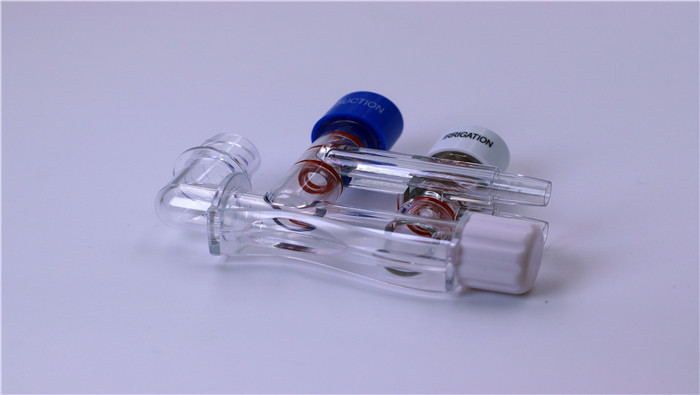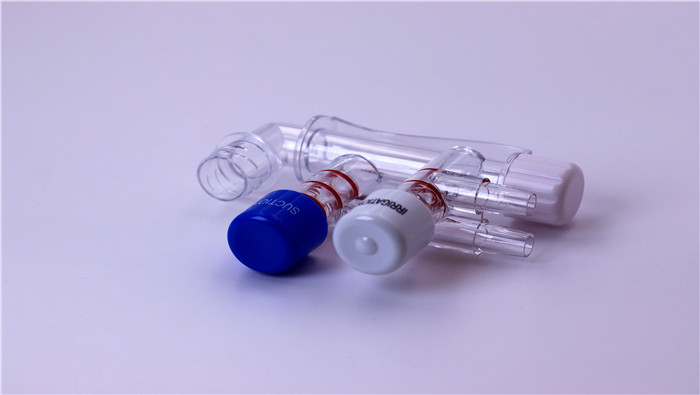

Current Status of Disposable Flushing and Suction Device Penetration in Laparoscopic Surgery in Developing Countries: Opportunities and Challenges

The global penetration of disposable flushing and suction devices in laparoscopic surgery in developing countries shows significant differences, and the extent of its application is closely related to the healthcare infrastructures, policy support, and economic levels of each country. According to market analysis, the global disposable suction and irrigation tubes market size is expected to reach USD 1.23 billion by 2024, growing at a CAGR of about 14.7%, with developing countries contributing about 30% of the market increment. Drivers include:
Demand for infection control: Post-operative infection rates are generally high in developing countries, and the sterility of disposable devices has become a necessity
Policy push: China, Brazil, and other countries have accelerated the approval and procurement of disposable consumables through supportive policies for medical device innovations
Optimization of cost-effectiveness: Despite the higher unit price of disposable devices, the long-term expenditure is lower than that of traditional devices after integrating sterilization, maintenance, and manpower costs

1. China: rapid popularization guided by policies
As one of the largest disposable medical device markets in the world, the penetration rate of disposable irrigation and suction devices in laparoscopic surgeries has exceeded 50%, and they are widely used especially in hospitals and high-end healthcare institutions. Domestic substitution is being promoted through the Regulation on Supervision and Administration of Medical Devices, which will increase the market share of domestic disposable suction tubes to 65% by 2024. However, grassroots hospitals still mainly reuse devices due to budget constraints.
2. India: significant difference between urban and rural areas
India's laparoscopic surgery volume is growing at an average annual rate of 12%, but the penetration rate of disposable irrigation and suction device is less than 20%. Private hospitals and large urban medical centers prioritize the use of disposable devices, while rural areas still rely on traditional devices due to limited equipment purchasing power and insufficient physician training. The Indian market is forecast to grow to USD 280 million by 2030, mainly benefiting from localized production by foreign companies.
3. Southeast Asian Countries: Potential Market and Infrastructure Bottlenecks
The penetration rate in countries such as Indonesia and Vietnam is below 15%. Despite the growth in demand for laparoscopic surgery (e.g., Vietnam's annual volume growth of 10%), the uneven distribution of medical resources and the reliance on imports of disposable instruments lead to high prices. Malaysia and Thailand have a high penetration rate of private hospitals (about 40%) due to a well-developed medical tourism industry, but the coverage rate of public hospitals is less than 10%.
4. South American countries: economic fluctuation restricts promotion
Brazil and Argentina have a disposable device penetration rate of about 25%-30%, concentrated in private hospitals and specialized clinics. Brazil covers part of the cost of consumables through its health insurance policy, but economic fluctuations have led to a tightening of procurement budgets in public hospitals. Mexico has a slightly higher penetration rate (around 35%) due to its proximity to the US supply chain and lower import costs.
5. Middle East and Africa: obvious polarization
High-income countries such as Saudi Arabia and the UAE have a penetration rate of nearly 50%, relying on the oil economy to support the procurement of high-end medical equipment. On the other hand, sub-Saharan African countries have a penetration rate of less than 5% due to limited healthcare spending and rely on international aid programs to provide disposable devices.

Economic accessibility: per capita medical expenditure in developing countries is only 1/10 of that in developed countries, and costs need to be reduced through localized production
Insufficient medical training: about 40% of grassroots doctors lack training in standardized operation of laparoscopic surgery, which restricts the rational use of disposable devices;
Environmental protection and sustainability: waste disposal of disposable plastic consumables is a prominent problem, and there is a need to promote degradable materials (such as PLA composites). Policy synergy: need to strengthen the medical device regulation and international certification convergence (such as CE, FDA), to enhance product quality trust.
Developing countries need to adopt a “graded promotion” strategy to increase the penetration rate:
High-potential markets (e.g., China, India): Promote the localization of technology and health insurance coverage;
Medium and low-potential markets (e.g., Africa, Southeast Asia): Relying on international assistance and the construction of regional supply chains;
Emerging medical centers (e.g., the Middle East. South America): Strengthen public-private partnerships, Emerging medical centers (e.g., Middle East, South America): strengthen public-private partnership (PPP) model and physician training programs.
It is expected that by 2030, the penetration rate of disposable irrigation and suction devices in laparoscopic surgery in developing countries will increase to 40%-60%, becoming the core engine of global market growth.
+86 18361958211
marketing@cndonho.com
+86 18361958211
No.2 Zhiwei Road, Qiandeng Town, Kunshan City, Jiangsu Province, China




